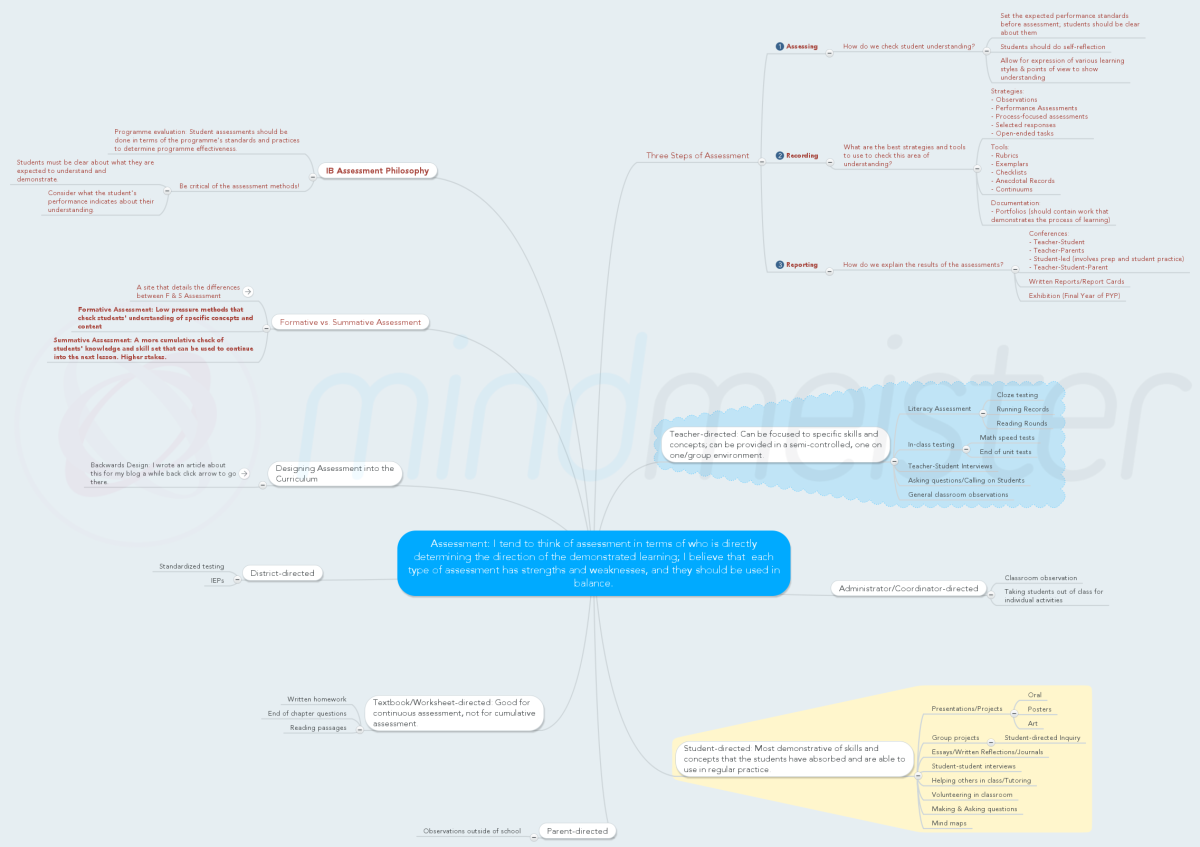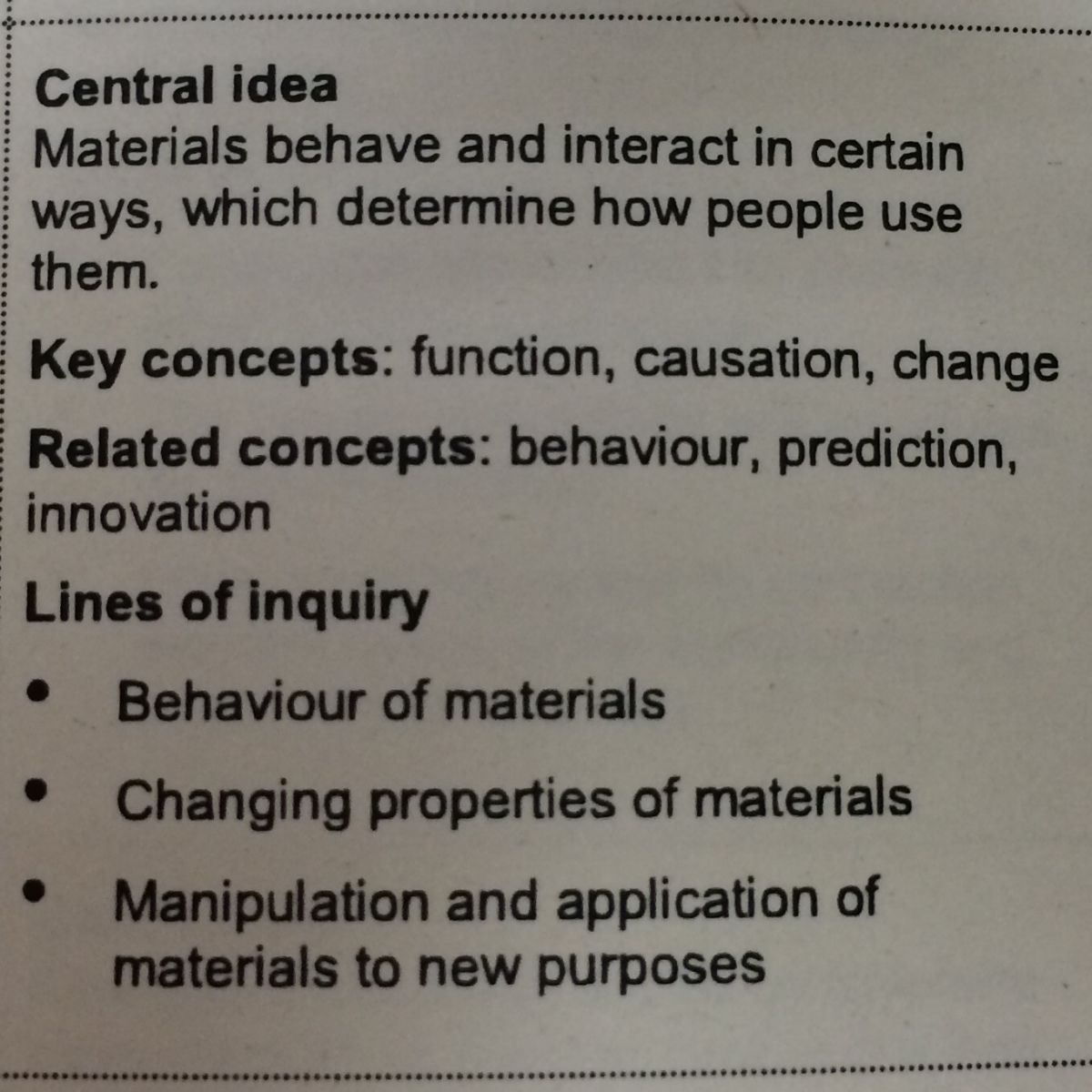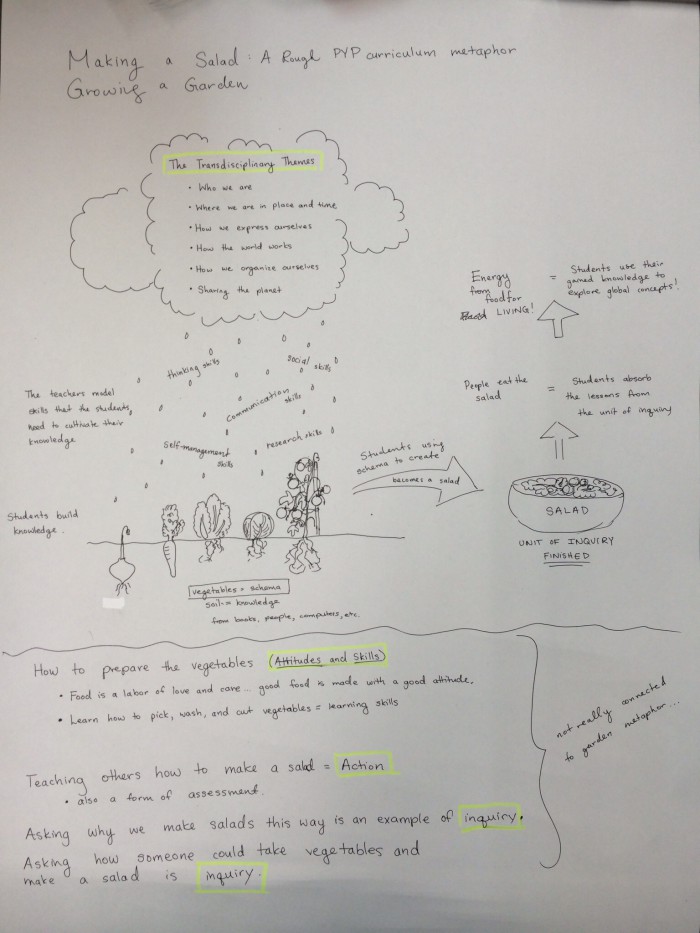Each Monday at my new school, I have an hour long lesson with a class of 3-4 year olds, many of whom are English Language Learners (ELL). All of my lessons are centred around science inquiry. One may wonder if inquiry is even possible with a group of children this young, but, so far, I have been impressed with what my students can handle. Last week, we looked at materials and tried to discover which Japanese coin cut through ice the fastest. The kids enjoyed trying to melt holes through their own blocks of ice with various coins. I asked the kids to make predictions, and, once we all had a chance to test out every coin, I had the kids vote on which coin they thought cut best through ice.
This week, I have started a seedling project with the kids. My goal for this week was for them to practice making inferences and predictions from observable information. We are practicing being IB Thinkers and Inquirers. To scaffold, I showed the kids the unopened seed packet filled with runner beans and explained to them that I had a surprise. I told them that I wanted them to take one object from the bag and look at it in their hands. Once everyone had a bean and had had some time to look at it, I asked them what they knew about the object by looking and touching. The kids had a lot of great descriptive words, including colors and textures. Then, I asked if anyone knew what the object was. Lucky for me, some of the kids are already budding gardeners, and they saw immediately that the seed was a “bean” or “tane”. Together, we brainstormed about what seeds need to grow and checked our understanding by learning this song about planting. Once we all agreed that plants need water and sunlight, I introduced the activity:
“Today we are going to plant our beans…but we are not going to go outside!”
Understandably, the kids were shocked. I asked them to think about how I could plant seeds inside, and, to help them, I showed them the activity materials: a paper towel, a plastic bag, tape, and water. The kids tried their best but couldn’t quite figure out how we were going to plant our seeds. From there, I did a guided inquiry, which means I demonstrated how to dip the paper towel in water, wrap it around the bean, and place it in the plastic bag, while asking the kids why I was doing each step. They were able to guess why the paper towel had to be wet. They were also able to guess why we were going to tape the bags to a window (for sunlight). Lastly, I asked the students the big prediction question:
“How many days do you think it will take for the seed to sprout?”
I had the students write their number on their bag. Because they are learning their numbers 1-10, most of the predictions fell in that range. Every day I see students checking their seeds. Some of them swaddled their seeds like babies, and some folded their seeds in neatly. Some had lots of water, and some have none at all. We are excited to see which seeds sprout first!
Lesson materials:
- Beans/seeds
- Quart sized plastic bags
- Permanent markers
- Paper towels
- Water

















